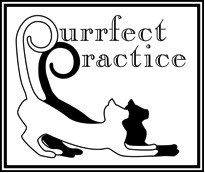August 2023
Party Birthday Party
31/08/23 15:50 Filed in: Family
We had a combined birthday party for the girls on the 27th. A number of their family friends from the Robbins Way neighborhood came to share presents and play on the playground structure. The playground and pool got a work out. The Yellowjackets made their presence known (got stung on the back of my right arm). The snack food was good and a wonderful time was had by all!
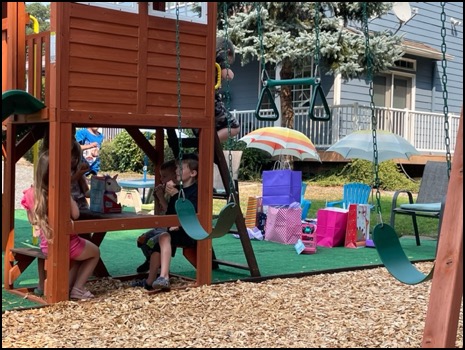

Comments
Two Eager Faces
29/08/23 16:40 Filed in: Family
We spent 5 days traveling down to Walnut Creek, CA to see Civic Feline Clinic for the 40th anniversary of the clinic's opening. We came home last Friday, the 25th. The next morning we were greeted with two smiley faces of two lovely granddaughters.


Thayer Farm Sesquicentennial Sign
20/08/23 19:43 Filed in: Personal | Berlin Community
We got our sign for the Oregon Farm Bureau program the other day. This morning the sign went up on a post near our driveway and the Berlin Rd. It announces our status of being established in 1853, therefore a Sesquicentennial Farm here in Oregon. WooHoo!!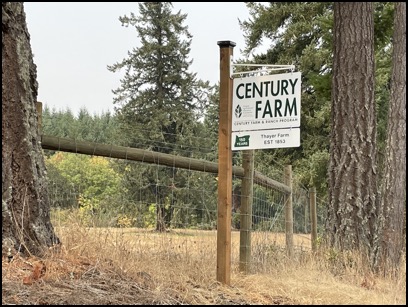

Boys At The Fair
20/08/23 07:51 Filed in: Family
The David Thayer family bunch went to the Brown County Fair (South Dakota) yesterday. From the pictures it looks like it was fun. School starts up again for them tomorrow. The photo in this post is of Ryan and Jesse (the two to the right) with one of their best friends. Miss them dearly.
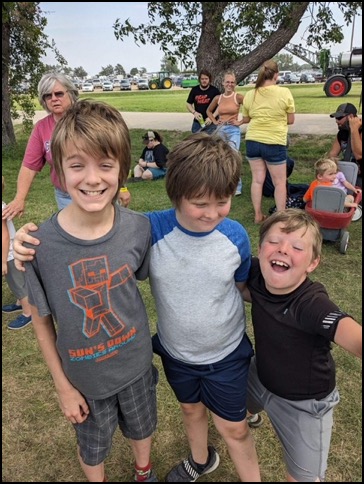

Get Your Barbecue
15/08/23 08:44 Filed in: Culture
Check out this Guide to Barbecue in different regions of the United States. These types can be quite different and distinctly wonderful to eat.
Barbecue is one of America’s most beloved — and debated — culinary traditions. From the Carolinas to Hawaii, each region of the U.S. has their own take on barbecue, from the smoking process to the sauces and sides. And each region will probably tell you theirs is the best. Wondering what all the fuss is about? Here are four of the most popular regional barbecue styles in the U.S., explained.
More info:
Texas
The Carolinas
Hawaii
Missouri
Barbecue is one of America’s most beloved — and debated — culinary traditions. From the Carolinas to Hawaii, each region of the U.S. has their own take on barbecue, from the smoking process to the sauces and sides. And each region will probably tell you theirs is the best. Wondering what all the fuss is about? Here are four of the most popular regional barbecue styles in the U.S., explained.
More info:
Texas
The Carolinas
Hawaii
Missouri
Little Bighorn National Monument
08/08/23 17:05 Filed in: History
"Little Bighorn Battlefield National Monument is a memorial to those who lost their lives on June 25-26, 1876. It was then that Lieutenant Colonel George Armstrong Custer led the Seventh Cavalry Regiment into battle against the Lakota Sioux and Cheyenne tribes, led by Sitting Bull. They hoped to take advantage of the element of surprise but found themselves outnumbered and up against warriors who fought bravely to defend their way of life. But although the Native American forces won the battle, Custer’s fate galvanized public opinion and it would have devastating long-term consequences for the Lakota Sioux and Cheyenne people. Within a year, the U.S. government annexed their land and established reservations. Over a century later, the monument was renamed to honor losses on both sides and present a more balanced account of what happened. The visitor center and museum recounts the events and consequences of the battle and also provides an insight into the lives of the Plains Indians at that time."
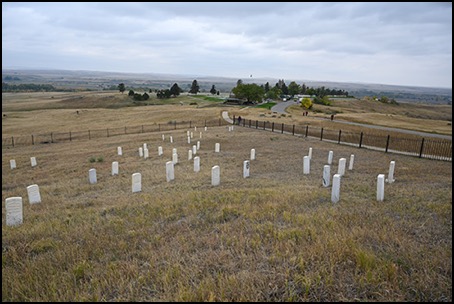

Cajun or Creole
02/08/23 19:12 Filed in: Culture
If you go to New Orleans for Mardi Gras or other reasons, or spend some time in Louisiana you will hear the terms Cajun or Creole. What is the difference?
The French founded New Orleans in 1718, naming it for the Duke of Orleans. At that time, the term “Creole” referred to non-Indigenous people born in colonized countries of the Americas. This was the era of enslavement, so early on, the term was exclusively for white people. In New Orleans, that meant the children of the white French ruling class.
While “Creole” is geographically associated with “Cajun,” they are not the same. Everywhere around Louisiana, you’ll also hear about Cajun food and music, but this word derives from les Acadiens, the name for the French-speaking people who lived along the eastern coast of Canada, then a French colony. However, when the British conquered Acadia in the 1700s, renaming it Nova Scotia and New Brunswick, the French (les Acadiens) were pushed out.
Some of les Acadiens went back to France, and others went to the French Caribbean. But the Spanish, who had just acquired French-speaking Louisiana, sent emissaries inviting them to come to Louisiana and help fend off the rival British colonists.
The new arrivals didn’t have the means to join the established class of French in New Orleans or the plantation owners. They mixed with the Indigenous people and free Blacks and spread throughout the south, mainly near water, in swamplands, along levees and bayous, and on the coastal marshes.
Les Acadiens turned into “Cajuns,” and these people settled largely in rural areas and retained a distinct culture from the New Orleans-based Creoles. Food is, naturally, a major distinguishing factor in any culture. Two simple ways to distinguish between a Cajun and Creole dish: Cajuns rarely use tomatoes and their food is spicier. A Cajun jambalaya, the Louisiana version of paella, is brown, not red, like the Creole style. Many Cajuns still speak a nonstandard form of French, but it is different from Louisiana Creole.
The French founded New Orleans in 1718, naming it for the Duke of Orleans. At that time, the term “Creole” referred to non-Indigenous people born in colonized countries of the Americas. This was the era of enslavement, so early on, the term was exclusively for white people. In New Orleans, that meant the children of the white French ruling class.
While “Creole” is geographically associated with “Cajun,” they are not the same. Everywhere around Louisiana, you’ll also hear about Cajun food and music, but this word derives from les Acadiens, the name for the French-speaking people who lived along the eastern coast of Canada, then a French colony. However, when the British conquered Acadia in the 1700s, renaming it Nova Scotia and New Brunswick, the French (les Acadiens) were pushed out.
Some of les Acadiens went back to France, and others went to the French Caribbean. But the Spanish, who had just acquired French-speaking Louisiana, sent emissaries inviting them to come to Louisiana and help fend off the rival British colonists.
The new arrivals didn’t have the means to join the established class of French in New Orleans or the plantation owners. They mixed with the Indigenous people and free Blacks and spread throughout the south, mainly near water, in swamplands, along levees and bayous, and on the coastal marshes.
Les Acadiens turned into “Cajuns,” and these people settled largely in rural areas and retained a distinct culture from the New Orleans-based Creoles. Food is, naturally, a major distinguishing factor in any culture. Two simple ways to distinguish between a Cajun and Creole dish: Cajuns rarely use tomatoes and their food is spicier. A Cajun jambalaya, the Louisiana version of paella, is brown, not red, like the Creole style. Many Cajuns still speak a nonstandard form of French, but it is different from Louisiana Creole.
President Warren Harding
02/08/23 19:12 Filed in: History
Was President Warren G. Harding murdered? He died 100 years ago today and there has been a mystery around what was the cause of death and why - since he died rather quickly and not of a lingering illness. Did his wife murder him as some suggested due to he may have had a witness who had his child? Politics is brutal currently and it sounds like there was some familiar characters then to ones who live in current times. All without social media.
The speculation can be read here.
The speculation can be read here.
